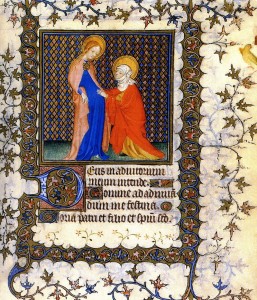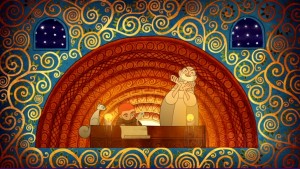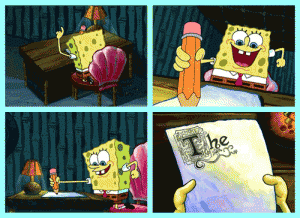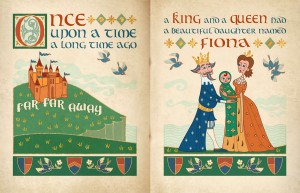What beauty have we lost in mass-producing books?
The, so to speak, “laborious process” accompanying the illuminated manuscripts reinforced their ‘primary’ identity as ‘a work of visual art with complementary ‘ekphrasis’’ as opposed to ‘a book with images’. And, I find, that in the modern era, we have forgotten the book is a piece of visual art, that the text itself is calligraphy, the page a canvas! Today we read, and do not see.
Consequently, the expertise and virtuosity present in the artwork of the illuminated manuscripts, qualities associated with the aesthetic, were lost at the birth of the printing press. We have thus misplaced, as an audience, our ability to appreciate virtuosity when the line between image and text is obscured.
The presence of an ‘anthropomorphic initial’ amidst a text today is perceived almost as tacky. Typewriter art, altered book art, and, indeed, Guillaume Apollinaire’s calligrammes – forms of literature which unsuspectingly attempt to reconcile current, perhaps flawed, aesthetic values with the notion of ‘book as image’ – are relegated to embody only ‘experimental’, literary practices; an almost demeaning term.
And so, I ask why can’t a text be visual art, be illuminated, or “filled with light”, once more? Why not embolden words with vast technicolor? Why not see the letter ‘m’ as both from the alphabet and also as an impression of a bird at the back of a painting flying away too soon.






